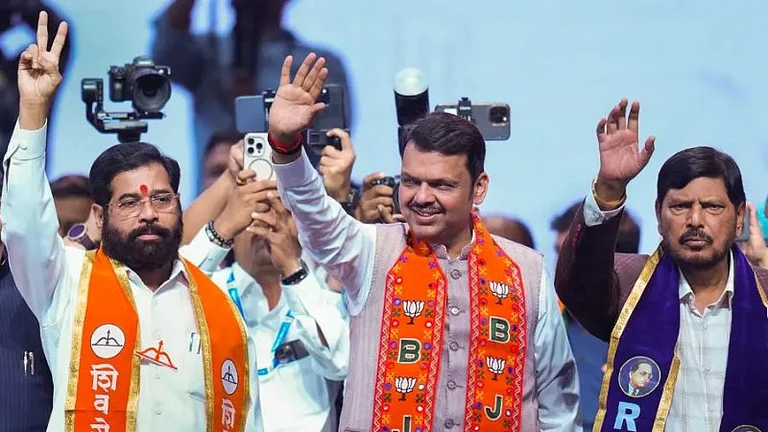“This Nurse of Arts, and Freedom’s Fence; To Chain, is Treason against Sense”
These lines of Benjamin Franklin written on the freedom of the press more than three centuries ago still reverberate across the walls of confinements that imprison journalists for doing their jobs. Today as we celebrate 30 years of World Press Freedom Day, 533 journalists worldwide are languishing behind the bars, as per the latest reports of Reporters Without Borders (RSF).
According to its reports, the number of detentions has increased by 13.4 per cent in 2022 in comparison to the previous year. Notably, the media watchdog has never seen such a rise in the number of women detunes. Currently, 78 among 533 are women - a steep 30 per cent rise from 2021. China, with its known record of attacks on the press, is leading the list with 110 journalists in jail, the third on the list is the Islamic Republic of Iran which has been using armed forces against the reporters since the eruption of massive protests following the death of Mahsa Amini.
Only in 2022, 57 journalists lost their lives while working on the field - an 18.8 per cent rise from 2021. The major reason for such a rise, however, the report attributes is the ongoing Russian invasion of Ukraine. In the first six months of the war, eight journalists had been killed - one of them being Ukrainian photojournalist Maks Levin, who was allegedly killed by Russian soldiers on March 13, 2022.
India is not in a position to safeguard the freedom of the press either. As per the reports, India’s rank fell to 161 among the 180 countries in 2023. It has never performed so badly since 1995 when RSF started producing reports on the violence and abuse of journalists across the world. In 2022, India’s rank was 150.
Indian constitution unlike the US though doesn’t directly mention freedom of the press as a fundamental right, it considers it within the ambit of freedom of speech and expression enshrined in Article 19(1) of the constitution. In 1950, while hearing the historic Romesh Thapad vs State of Madras case, the Supreme Court said that the freedom of speech and expression includes the freedom of the press. Since then, there have been several significant judgments by different apex court benches that have upheld the rights of the media. A month ago, while quashing a ban on a news channel, the SC reiterated, “An independent press is vital for the robust functioning of a democratic republic. The press has a duty to speak truth to power, and present citizens with hard facts enabling them to make choices that propel democracy in the right direction. A homogenised view on issues would pose grave dangers to democracy.”
However, these values as embedded in constitutional morality, media scholars think, are some way or other disappearing gradually in India. The case of journalists like Siddiqui Kappan, who came to Hathras in Uttar Pradesh from Kerala to cover the alleged rape and murder of a Dalit woman and ended up languishing in jail for more than two years before being granted bail by Allahabad High Court, is just one of the many cases that reflects on the current condition of press freedom in India.
According to the annual prison reports of the Committee to Protect Journalists (CPJ), until December 2022, seven Indian journalists were behind bars - Aasif Sultan, Siddique Kappan, Gautam Navlakha, Manan Dar, Sajad Gul, Fahad Shah, and Rupesh Kumar Singh. Though Kappan got bail after a long legal battle and confronting multiple efforts to re-arrest and re-implicate him, the others are not so fortunate to get back to their work.
Against this backdrop, we remember those African journalists who gathered in Namibia for a UNESCO conference and claimed a day to celebrate the independent and pluralistic press. In 1993, UNESCO adopted the idea and declared May 3 as World Press Freedom Day. This year the theme is “Shaping a Future of Rights: Freedom of Expression as a Driver for all other human rights”. It not only talks about press freedom but rather wants to bring attention to all other human rights that are connected to the freedom of expression.
As per the reports of the Rights and Risk Analysis Group (RRAG), only in 2021, six journalists were killed in India besides 108 attacks on ground reporters. That year, the theme of World Press Freedom Day was “Information as a Public Good”.
Outlook, at this juncture, looks back to its archives and celebrates the courage of all those journalists who despite hindrances did their work and upheld the value of information as a public good. Happy World Press Freedom Day.



























